Sashimi: From the sea to the plate
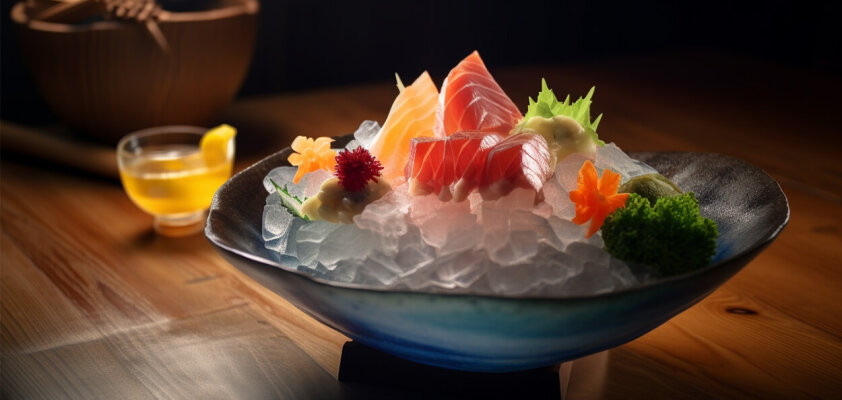
Everyone knows that raw fish is essential for sushi. But just the fish alone, without anything else? That's called Sashimi. The art of this dish lies in its simplicity—or the illusion thereof.
Adventurous or salutary ?
We all know that fish is healthy: each piece is full of unsaturated fatty acids, valuable oils, and essential iodine. Not to mention, it provides numerous proteins and minerals. We are familiar with smoked salmon, baked red snapper, pickled trout, or seared tuna – but raw? That's something we usually hesitate about. It's a shame because in its unprocessed form, one can fully benefit from its nutrients. In Japan, this has long been internalized, and they know how to handle fresh fish to enjoy it in its natural form and exquisite flavor.

Due to Japan's close connection to the sea, it's no wonder that its fruits traditionally play a crucial role in the island nation's menu. Fishermen sold their catch, sliced into thin pieces, as snacks in coastal regions as early as the 13th century. Alongside rice, which thrives in these regions, fish is a staple in Japan. Vinegar-seasoned rice originally served the purpose of keeping raw fish fresh, giving birth to sushi. Today, we all know Tuna Maki, California Roll, and Salmon Nigiri. But it can also be done without rice and seaweed, which distinguishes Sushi from Sashimi.
In Japanese cuisine, the philosophy is: The more original, the better. Therefore, people prefer to eat food in its unprocessed state, paired with ingredients that enhance the natural flavor.
More than just raw fish
So Sashimi is simply pieces of uncooked seafood? It's not quite that simple. First of all, it involves the finest cuts, namely the fillets. Classic Sashimi is made from tuna or salmon, but mackerel, eel, clams, or blowfish are also often on the menu. In Japan, a wide variety of exotic species make it to the plate: It's worth trying them out. The safest types of fish for raw consumption come from the sea.
By the way, fish is not the only type of special raw food: a raw egg often tops a bowl of rice, and uncooked chicken fillets, beef liver, and even venison are traditionally part of Sashimi. The name simply means "pierced body," referring more to the preparation method than the ingredient itself.
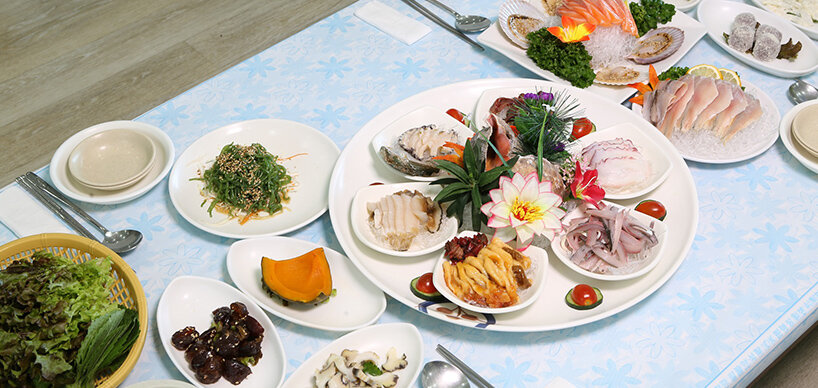
The Tsukiji Fish Market in Tokyo is renowned for having the best sushi and sashimi in the world. There, salmon, tuna, and others come directly from the first catch of the day. But even here, in the heart of the mainland, you can create such special culinary delights.
The ingredients must be as fresh as possible. Therefore, when shopping, the first thing to pay attention to is: Only fish and seafood in sashimi-grade quality, firm and thick, not foul-smelling, and preferably appealing, are good enough for this dish. Since rice is absent, the fillets are not as long-lasting as sushi, for example. However, if you thoroughly freeze the fresh fish, you can also make it safe for later consumption.
Precision and aesthetics
Once you have the right ingredients, it's time to cut. Japanese sashimi calls for the sharpest knife with a thin blade and culinary skill. With some practice, you can quickly master filleting – for example, with our Japanese Yanagiba knife.
First, ensure that no bones remain in the fish. Then, cut with the entire blade, preferably against the grain, to make the sashimi as tender as possible. With a single, gentle, and not too fast stroke, you can achieve the optimal result. It should be elongated, thin, and bite-sized since both sushi and sashimi are consumed in one piece. A thickness of 3 – 4 mm is common for professional Tsukuri Sashimi. Usuzukuri Sashimi goes even further and presents almost transparent slices.
Serving it right is the final step. Make sure that different types of seafood don't interfere with each other to preserve the original flavor. Accompaniments and decoration help with presentation: Sashimi is often adorned with pickled ginger, herbs, salads, and other side dishes. Popular vegetables include white daikon radish, carrots, and shiso (sesame leaves). In Japan, where the season plays a significant role, seasonal plants and flowers are often used. Placing a small ball of rice under a piece of salmon or other fish turns it into Nigiri Sushi.
If you prefer not to consume your dish completely untouched, you can use variable recipes: Mixing it with spring onions, ginger, garlic, and soy sauce tastes equally good (Tataki Sashimi). Adding mushrooms, sesame, and flavorful sauces like teriyaki sauce can give your sashimi an extra special touch. Tataki also means lightly sautéing the ingredients in a pan before serving, marinating them in vinegar, and seasoning with grated ginger. Online, you can find various recipes and inspirations for your individual sashimi creation.
How is sashimi eaten?
For the best enjoyment of Sashimi, the right sauces are key: Just like with sushi, it can be soy sauce and wasabi. The simpler, the better. A cup of sake or green tea with a sweet aroma complements the meal.
Creating sashimi is less elaborate than making sushi. Therefore, this dish costs less than other items in a sushi restaurant but still has high nutritional value. It often serves as a side dish or appetizer in a meal, so it's not typically consumed alone. If you want to enjoy sashimi exclusively as a meal, we recommend starting with a bowl of hot miso soup as an appetizer.
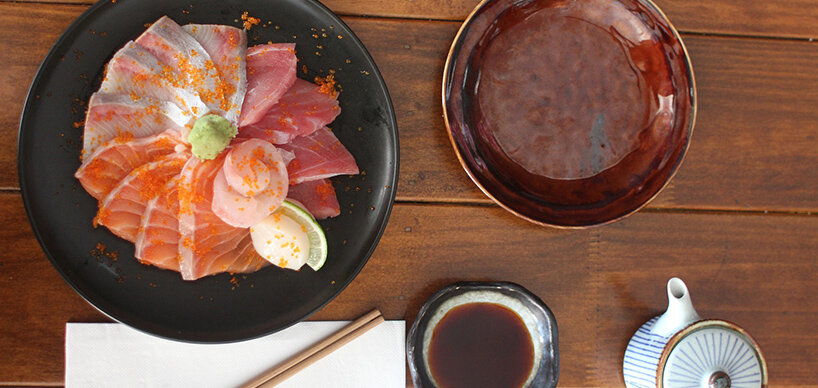
In restaurants and markets offering sashimi-grade ingredients, strict regulations and personal responsibility ensure that the ingredients are handled safely and professionally. However, small children and individuals with weakened immune systems should err on the side of caution and avoid consuming raw fish. Even the freshest pieces can be taxing on a sensitive stomach.
Let's summarize what is important for a successful homemade sashimi recipe:
- Fresh, unprocessed fish or other seafood, popular choices include salmon, tuna, shrimp, or squid
- A sharp knife with a thin blade, ideally specialized for sushi and sashimi
- The right cutting technique: Very thin, elongated, and bite-sized pieces against the grain of the fish
- Appropriate, mild accompaniments and beverages that do not distort the flavor
- A beautiful presentation with vegetables, sauce, and creativity, because the eyes also feast
If you're willing to try new things and get creative with combinations, you can achieve a sashimi feast at home that rivals what you would find in a restaurant. Go ahead and give it a try!

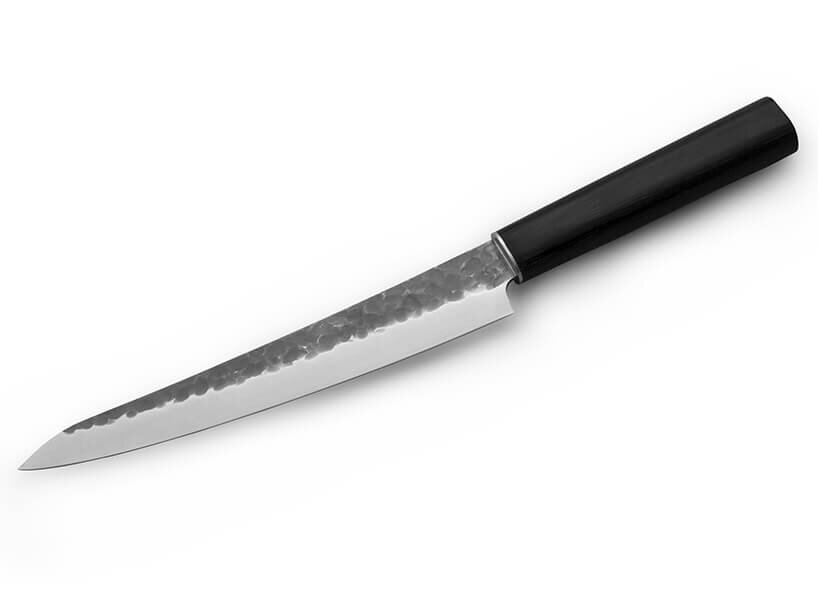
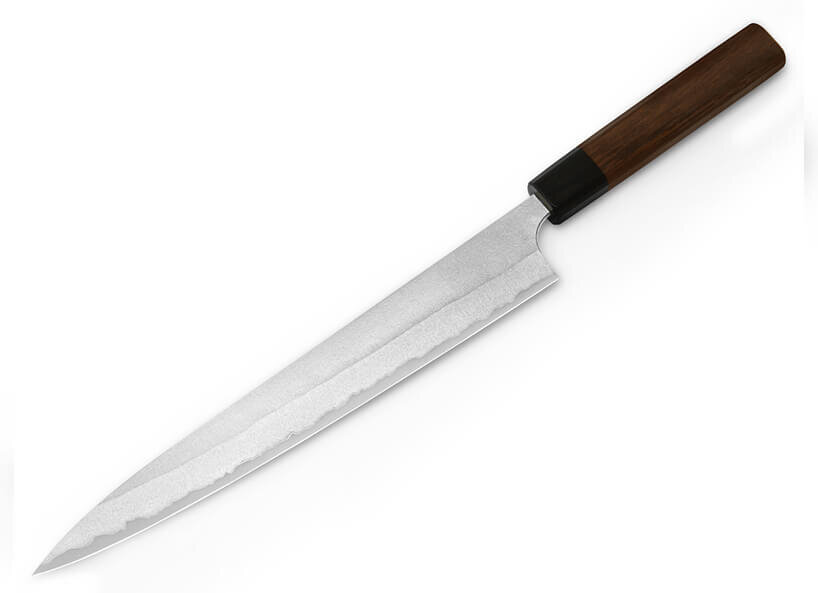
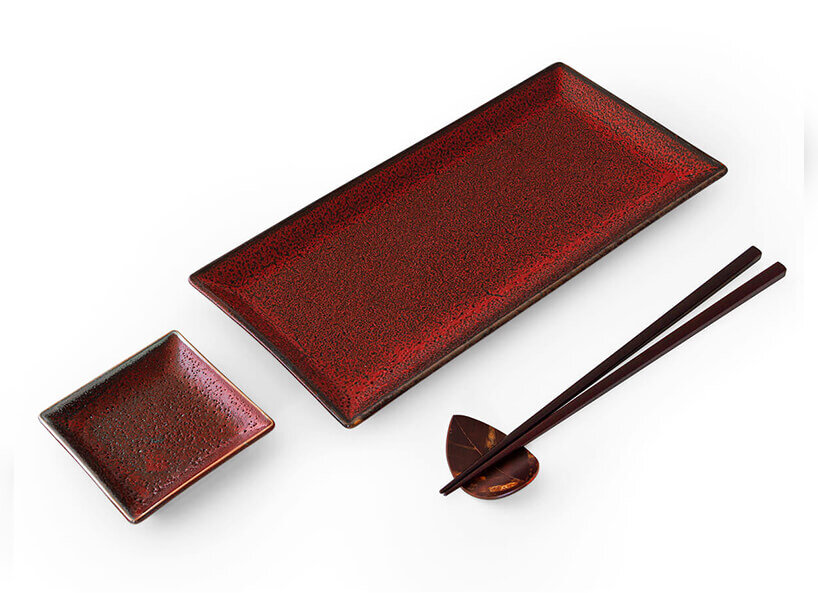











-from-the-yakiyaki-grill-pan.jpg)




